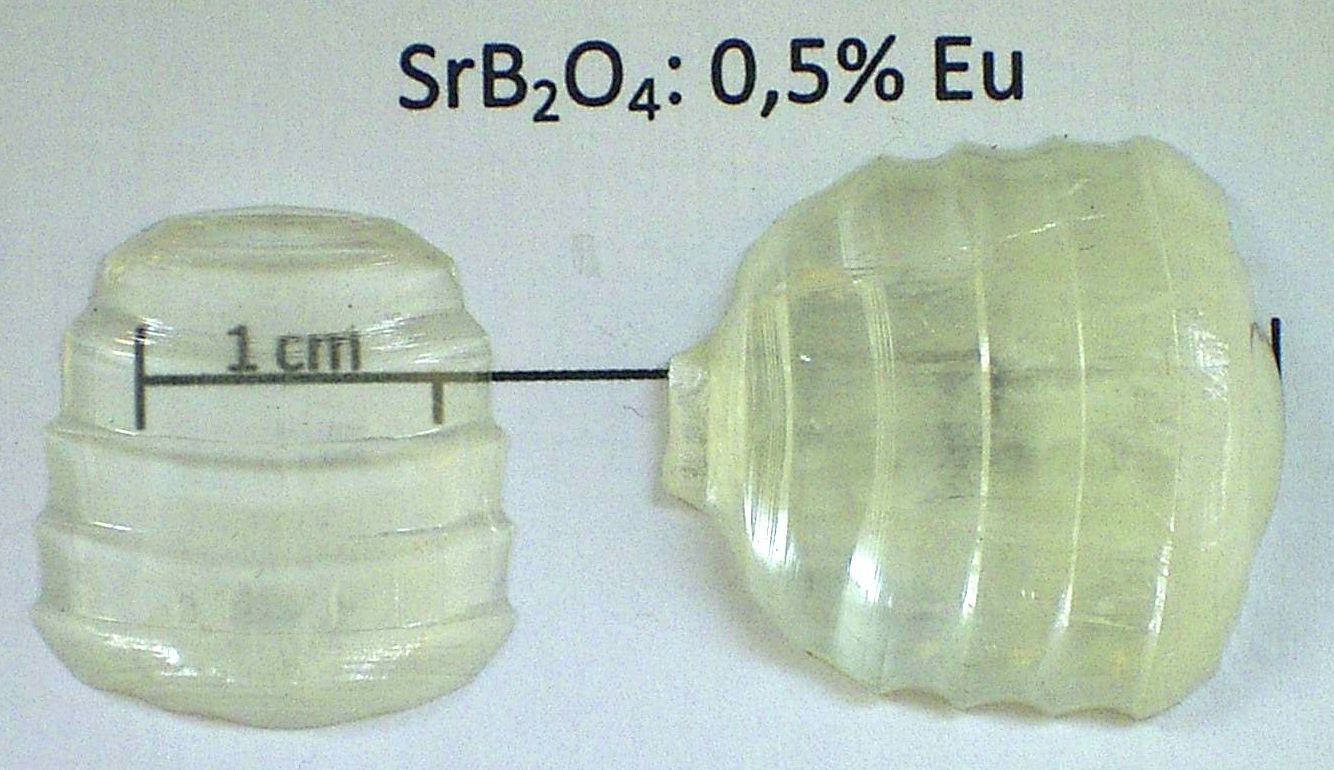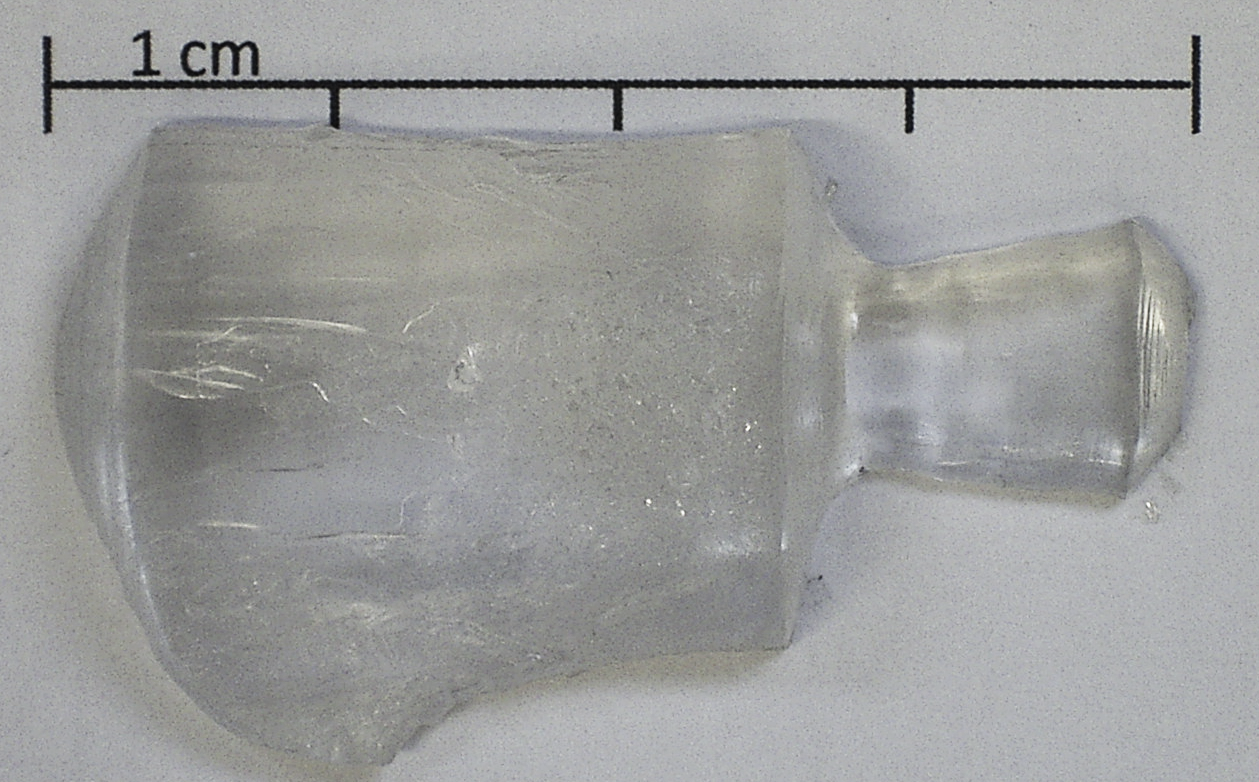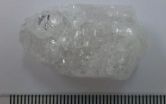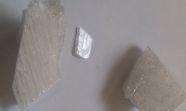Alkaline-earth borates and silicates
desription of the project obtained crystals publications
Desription of the project
The goal of scientific project, funded by the Polish National Science Centre (NCN) is development of selected strontium and calcium silicates and borates doped with Eu2+, Sm2+ and Tm2+ ions in the form of poly- and single crystals and studies on stability and luminescent properties of obtained materials.
A promising luminescent material, which could become a future source of light in our households should possess the following features:
- wide transmission range,
- possibility of introducing activator ions,
- excellent chemistry and thermal stabilization,
- facile and cheap synthesis.
Compounds from the large family of alkaline-earth borates and silicates meet these criteria. Moreover their physicochemical characteristics indicate the potential of activating them with optically active lanthanide ions such as Eu2+, Sm2+ and Tm2+. The crystal growth know-how of these materials was scarce and optical properties of above mentioned dopants not yet fully explored.
In the frames of this project the technology for manufacturing polycrystalline samples of thirteen different crystalline matrices was developed. Optimization of parameters of every particular synthesis - choice of starting materials, selection of suitable temperatures, chemical composition of the atmosphere during the reaction, duration of the synthesis - made it possible to obtain high quality polycrystalline materials.
Optical investigation of the obtained samples allowed firstly to determine which of them are of interest for further, more detailed studies, requiring materials in the form of single crystals. Secondly, these polycrystalline samples are themselves an interesting research material. It turned out, for example, that the dopant of samarium in strontium tetraborate (SrB4O7) causes intense light emission of red color well above the room temperature (up to 550 K), and provides much previously unknown information about its physical properties The same material doped with thulium ions changes its light emission with temperature so that it can potentially be used as an indicator of the temperature in physiological range.
Work on selected single crystals started from the choice of the right crystal growth method and optimizing its parameters. There were various attempts on crystal growth using top seeded solution growth method (TSSG) or growth from the melt techniques such as Czochralski or floating zone method. The best results were achieved using the Czochralski method. The single crystals of SrB2O4, SrB4O7, SrSiO3 and Ca2B2O5 with various concentration of optically active dopants were obtained. The latter was obtained in the form of the single crystal by the Czochralski method for the first time. The other crystals, although already described in the literature, have not yet been investigated using techniques and methods used in this project.
Optical properties of the obtained single crystals were examined using a laser that emits very short - lasting just 100 femtoseconds - light pulses with a frequency up to 1000 times per second, which allows one to observe even very short lasting luminescence. Very precise optical measurements in a broad temperature range - from a few to several hundred K - allowed to obtain experimental data necessary for theoretical calculations and revealed the features of the examined optically active ions depending on their crystalline environment, and the concentration of the dopant and co dopants. Light emission of divalent europium ions in single crystals of strontium metaborate, strontium metasilicate and calcium pyroborate was registered for the first time.
The compounds investigated in this project may become future sources of light in devices of everyday use. But even if they do not, the knowledge aquired in this research will certainly contribute to a better understanding of the mechanisms of luminescence and to development of new, more efficient light sources.
Obtained crystals
Strontium and calcium borates, strontium silicates were grown using Czochralski method. Structural and spectroscopic measurements were performed.
- Srontium metaborate crystals
SrB2O4 : Eu 0.5% and 1%
SrB2O4 : 1at%Eu co-doped with 1%at%K and 3at%K
Melting point c.a. 1158°C. Pt rod was used as seed. Transparent and almost colorless crystals with 16 mm of the diameter were grown from the 40 mm Pt cruicible.


- Srontium metasilicate crystals
SrSiO3
SrSiO3 : 0.7at% Eu
Melting point c.a. 1574°C. Ir rod was used as seed. Transparent crystals with 20 mm of the diameter were grown from the 40 mm Ir cruicible. Strong tendency to cracking was observed.

- Calcium pyroborate crystals
Ca2B2O5
Melting point c.a. 1293°C. Pt rod was used as seed. Transparent and almost colorless crystals with 16 mm of the diameter were grown from the 40 mm Pt cruicible. Strong cracking tendency was observed.

Cooperation with prof. Witold Ryba-Romanowski from Division of Optical Spectroscopy,
Institute of Low Temperature and Structure Research PAS
Publications
- Głowacki M., Solarz P., Ryba-Romanowski W., Martín I.R., Diduszko R., Berkowski M., Europium and potassium co-doped strontium metaborate single crystals grown by the Czochralski method, J. Cryst. Growth 457, 107-111 (2017)
- Solarz P., Karbowiak M., Głowacki M., Berkowski M., Diduszko R., Ryba-Romanowski W., Optical spectra and crystal field calculation for SrB4O7:Sm2+, J. Alloys Compd. 661, 419-427 (2016)
- Głowacki M., Ryba-Romanowski W., Lisiecki R., Kowalski R., Berkowski M., Solarz P., Czochralski growth and optical properties of SrB2O4:Eu2+ single crystals, J. Lumin. 169B, 807-810 (2016)
The work was funded by the Polish National Science Center (NCN) on the basis of the decision number DEC-2013/09/D/ST5/03878.